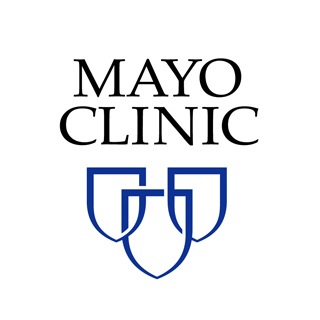
The transoral robotic surgery (TORS) was conducted on a total of 9 patients. These participants were followed for up to three years after the removal of supraglotticsquamous cell carcinoma, which affects the area of the larynx above the vocal cords. Majority of the study subjects were allegedly suffering from advanced-stage disease. On completion of the study, it was pointed out that TORS supposedly removed cancer with ‘clean’ disease-free margins, and was easier to perform than the approach of transoral laser microsurgery via a laryngoscope.
Volunteers were also made to undergo the surgical removal of their adjacent neck nodes at the same operation. Patients reportedly had minimal trouble after surgery and most of them were able to resume back to normal eating, swallowing and speaking. Through TORS, the robotic arms that enter the mouth include a thin camera, an arm with a cautery or laser, and an arm with a gripping tool to retract and grasp tissue.
The surgeon has to simply sit at a console, control the instruments and view the three-dimensional surgical field on a screen. Kerry Olsen, M.D., Mayo Clinic otolaryngologist and senior author of the study and colleagues mention that the camera improves visibility, so a better ability to maneuver and see around corners and into tight spaces is achieved. The latest surgical technology seems to have great importance for head and neck cancer patients.
The study was presented on April 29 at the Combined Otolaryngological Spring Meetings in Chicago.
